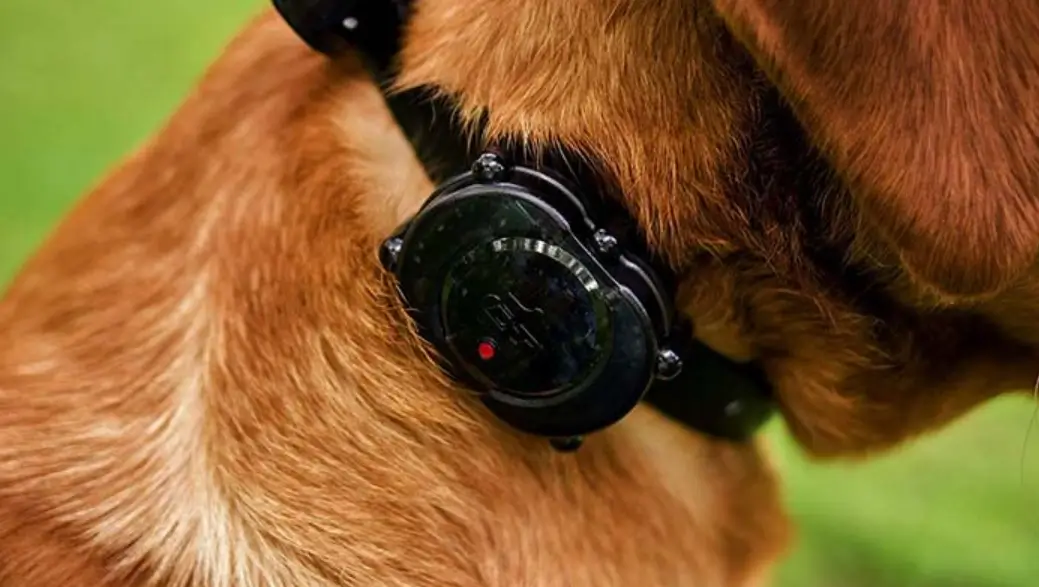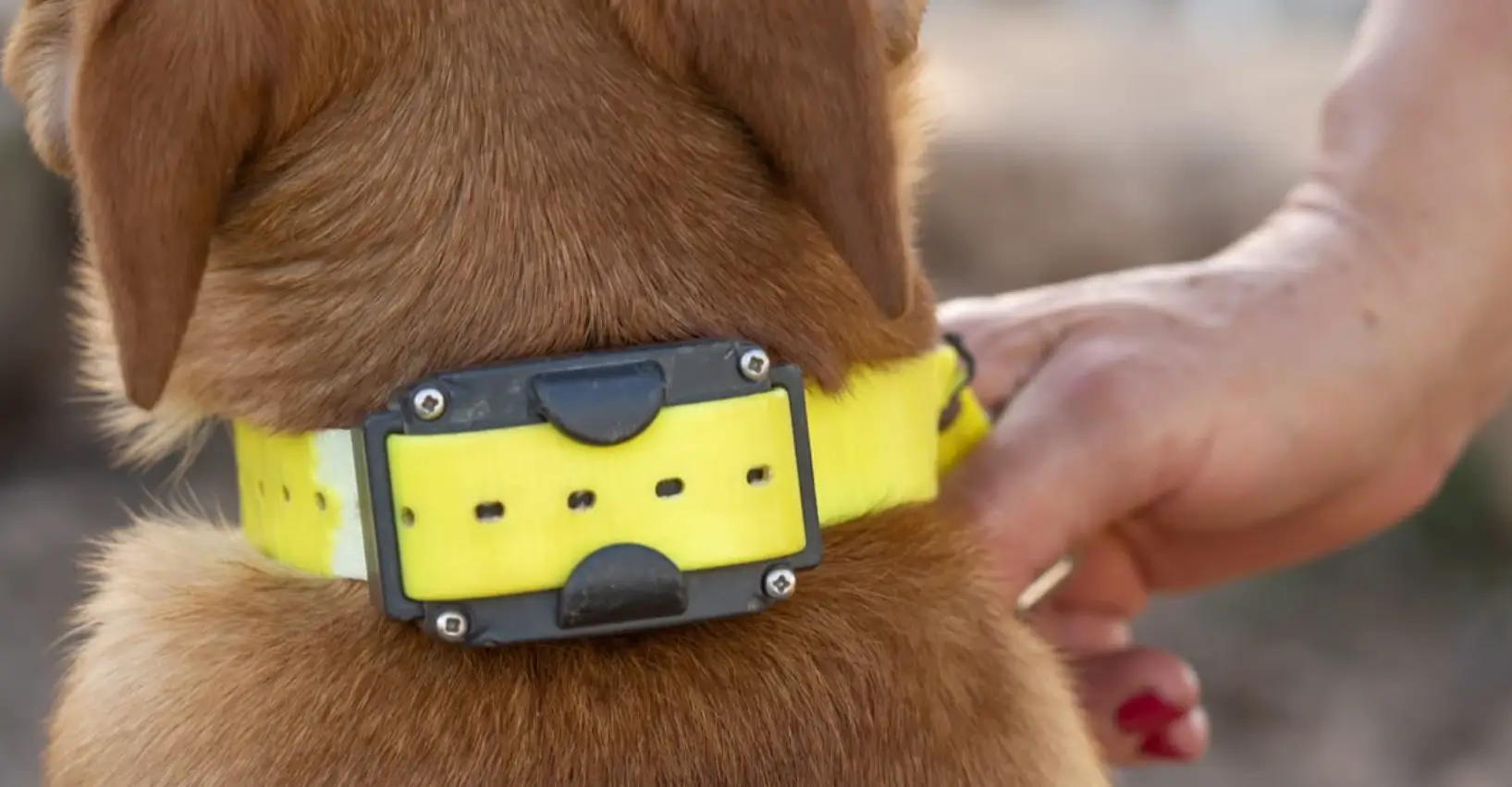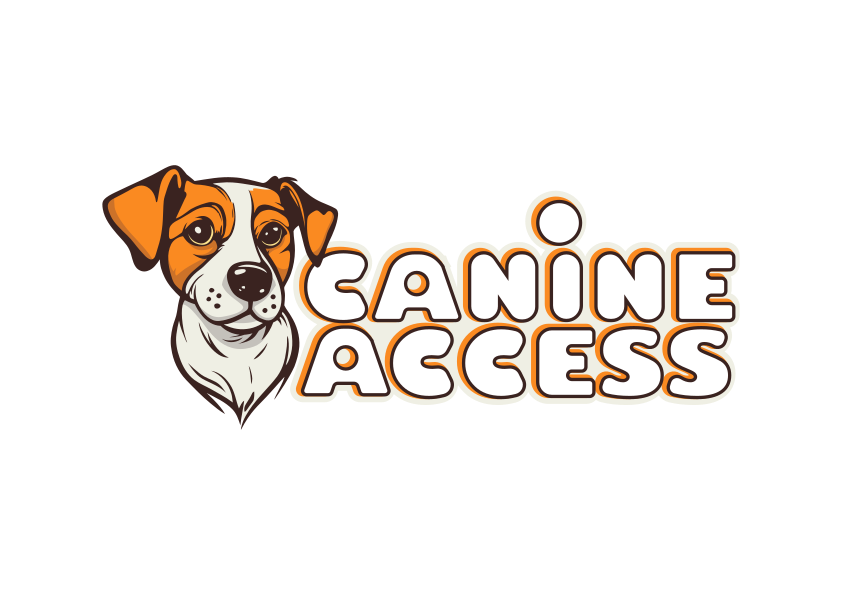A vibrating collar for deaf dogs is a specialized device designed to help communicate with dogs that have hearing impairments. These collars provide tactile stimulation, typically in the form of gentle vibrations, as a means of communication instead of relying on auditory cues.
Features of the vibrating collar for deaf dogs
Here are some key features and functions of the vibrating collar for deaf dogs:
- Vibration Modes: These collars typically offer multiple vibration modes or intensity levels, allowing you to choose the appropriate level of stimulation for your dog.
- Remote Control: Many vibrating collars come with a remote control that lets you activate the vibration function. This provides convenient control over when and how the vibrations are used.
- Training and Communication: Vibrating collars are often used in combination with positive reinforcement training techniques to establish associations between specific vibrations and desired behaviors. Through consistent training, the dog learns to recognize and respond to the vibrations as cues.
- Customization: Some vibrating collars allow for the customization of vibration patterns or frequencies, enabling owners to find the most effective way to communicate with their specific dog.
- Safety Features: Reliable vibrating collars prioritize the safety and comfort of the dog. They are typically designed with materials that are safe for the dog’s skin and include features such as adjustable straps for a proper fit.
How does the vibrating collar for deaf dogs work?
The vibrating collar for deaf dogs operates through a simple yet effective mechanism of action. The collar consists of a compact device that is securely attached to a strap worn around the dog’s neck. When triggered, the device generates a gentle vibrating sensation that can be felt by the dog.
This vibration serves as a tactile cue, replacing the need for auditory commands. Typically, the collar is remotely controlled, allowing you to initiate the vibration when necessary. Through consistent training and positive reinforcement, the dog learns to associate the vibration with specific commands or signals.
This conditioning enables effective communication and allows the dog to respond appropriately to the desired behaviors. The customizable settings of the collar, such as vibration intensity and pattern, provide flexibility to adapt to the individual needs of each deaf dog. By utilizing this mechanism, vibrating collars facilitate clear and reliable communication with deaf dogs, helping them navigate the world and understand their owner’s instructions.
Benefits of a vibration collar for deaf dogs
Using a vibration collar for deaf dogs offers several benefits in terms of communication, training, and overall well-being. Here are some of the advantages:
- Effective Communication: Vibrating collars provide a means of communication for deaf dogs, allowing you to convey commands, cues, or warnings through tactile stimulation. This helps bridge the gap created by the absence of auditory signals, enabling clearer communication and understanding between the owner and the dog.
- Training Assistance: Vibration collars can be valuable training tools for deaf dogs. By associating specific vibrations with commands or behaviors, the collar helps establish consistent cues that the dog can easily comprehend. This facilitates training sessions and enhances the dog’s ability to learn and respond appropriately.
- Safety and Control: You will have better control over your deaf dog in various situations. Instead of relying on voice commands or whistles that the dog cannot hear, you can use vibrations to signal the dog’s attention, recall, or warnings. This promotes safety and prevents potential dangers, especially in outdoor or high-distraction environments.
- Reduced Frustration: Deaf dogs may experience frustration due to their limited ability to understand and respond to traditional auditory commands. Vibrating collars provide a tangible and reliable means of communication, reducing frustration for both the dog and the owner. This can improve the overall bond and relationship.
- Increased Independence: Vibrating collars empower deaf dogs by enabling them to navigate their environment more independently. With the help of vibrations as cues, your dog will learn to perform commands or tasks without constant reliance on visual cues or physical guidance.
- Improved Socialization: Communication challenges can sometimes hinder deaf dogs’ social interactions with other dogs or humans. By using vibrating collars, you can effectively communicate with your dog in social settings, allowing for smoother interactions, training with other dogs, or participating in group activities.
Is the Vibrating collar for deaf dogs safe?
Vibration collars for deaf dogs are considered safe for several reasons. Firstly, the vibrations produced by these collars are designed to be gentle and non-painful, providing a tactile sensation without causing harm or distress to the dog. The intensity of the vibrations can often be adjusted, allowing you to find the most comfortable and effective level for your dog.
Secondly, when used responsibly and in conjunction with positive reinforcement training methods, vibration collars offer a humane and effective means of communication for deaf dogs. They provide a reliable way to convey commands and cues, helping the dog understand and respond appropriately.
Thirdly, reputable manufacturers of vibration collars prioritize the safety of dogs by including features such as auto-shutoff mechanisms, low battery indicators, and protective measures to prevent accidental or prolonged activation. You should use vibration collars responsibly, follow instructions, monitor your dog’s response, and seek professional guidance if needed to ensure the collar is used safely and appropriately.
How to choose the best vibrating collar for deaf dogs
When choosing the best vibrating collar for a deaf dog, there are several factors to consider:
- Vibration Intensity and Patterns: Look for a collar that offers adjustable vibration intensity and different vibration patterns. This allows you to find the right level of stimulation that is effective for your dog without causing discomfort.
- Quality and Durability: You should opt for a vibrating collar that is made from durable materials, such as waterproof and sturdy components, to withstand the wear and tear of daily use. A well-constructed collar will ensure longevity and reliability.
- Size and Fit: Ensure that the collar is the appropriate size for your dog. Measure your dog’s neck circumference and choose a collar that can be adjusted to fit snugly but comfortably. A good fit prevents the collar from slipping off or causing irritation.
- User-Friendly Features: You need to consider the ease of use and convenience. Look for a collar with intuitive controls, a user-friendly remote, and clear indicators for vibration settings. This makes it easier for you to operate the collar and select the desired vibration mode.
- Battery Life and Charging: Check the battery life of the vibrating collar and how it charges. Longer battery life allows for extended use, and a convenient charging method ensures that the collar is always ready for use.
- Range and Connectivity: If the collar is remotely controlled, consider the range and connectivity options. Ensure that the collar’s signal range is sufficient for your training needs and that it has a reliable connection between the remote and the collar.
- Safety Features: You should prioritize the safety of your dog by selecting a vibrating collar that includes safety features. Look for features such as auto-shutoff mechanisms, low battery indicators, and protective measures to prevent accidental activation.
- Reviews and Recommendations: Take your time to research and read reviews from other dog owners who have used the vibrating collar you’re considering. Their experiences can provide valuable insights into the collar’s effectiveness, durability, and overall performance.
Here is a video guide on how to train a deaf dog to use a vibration collar:
